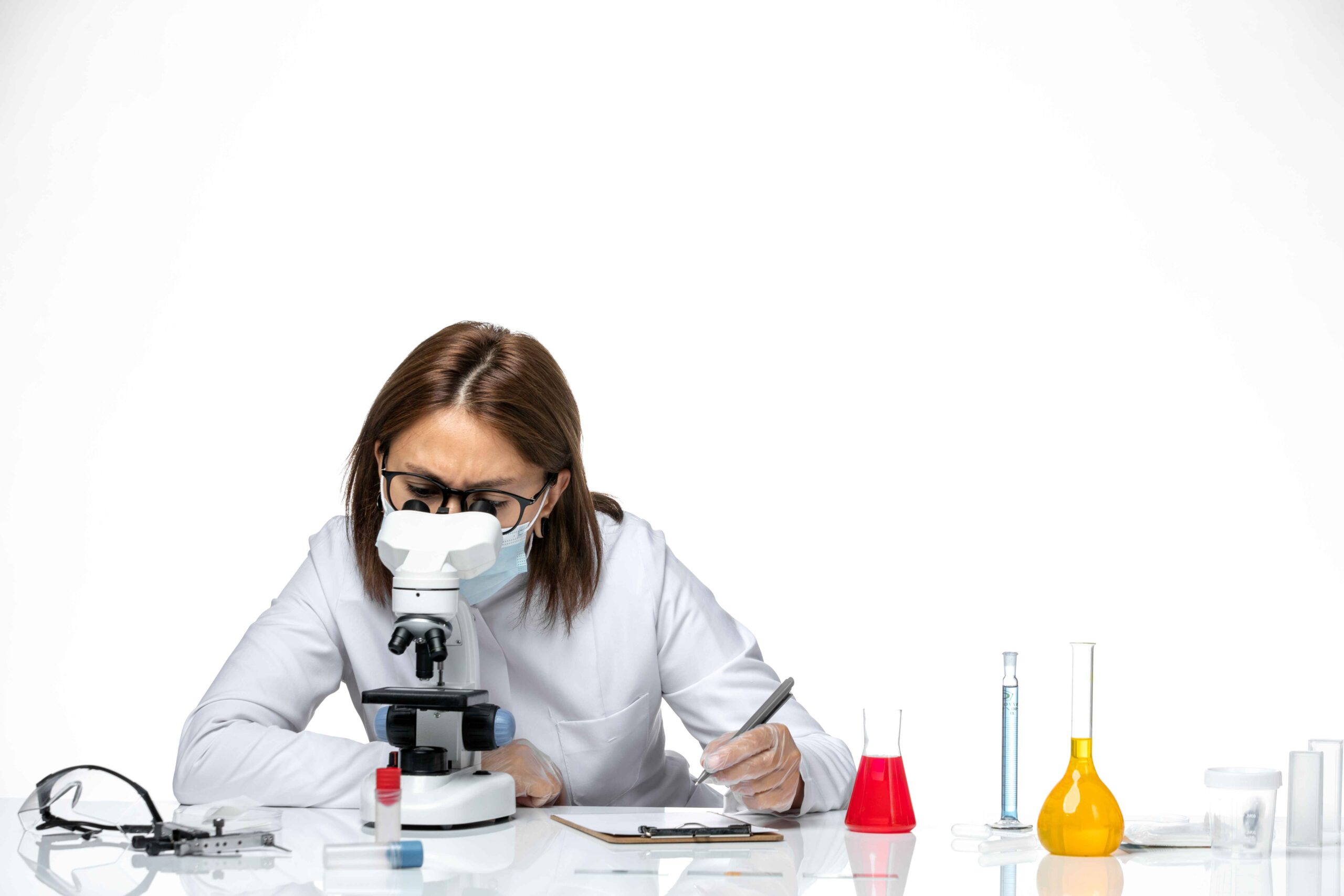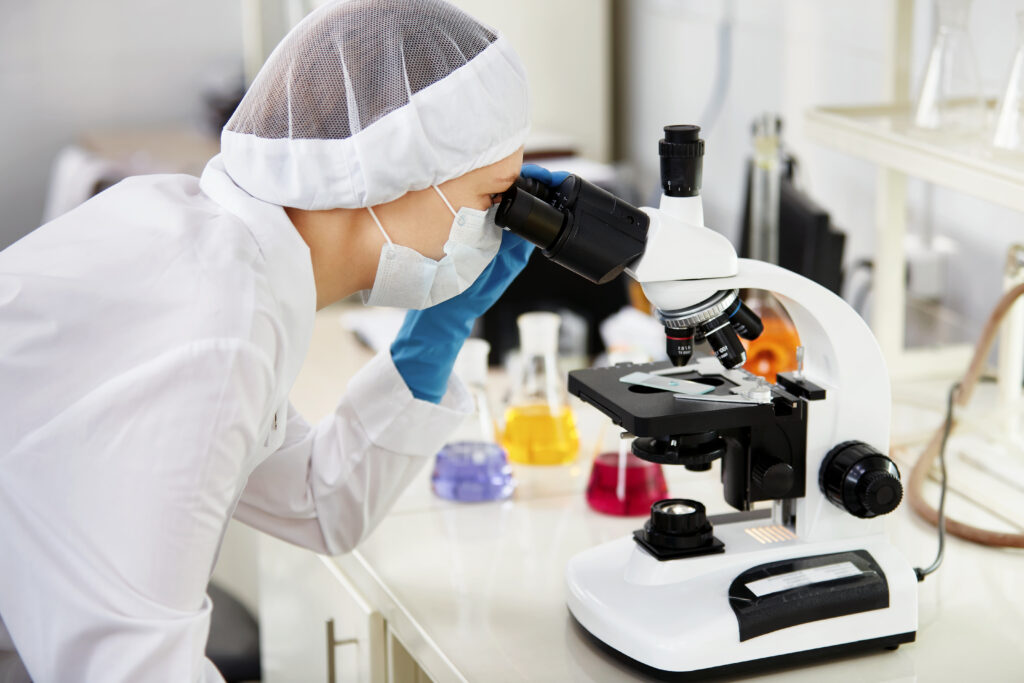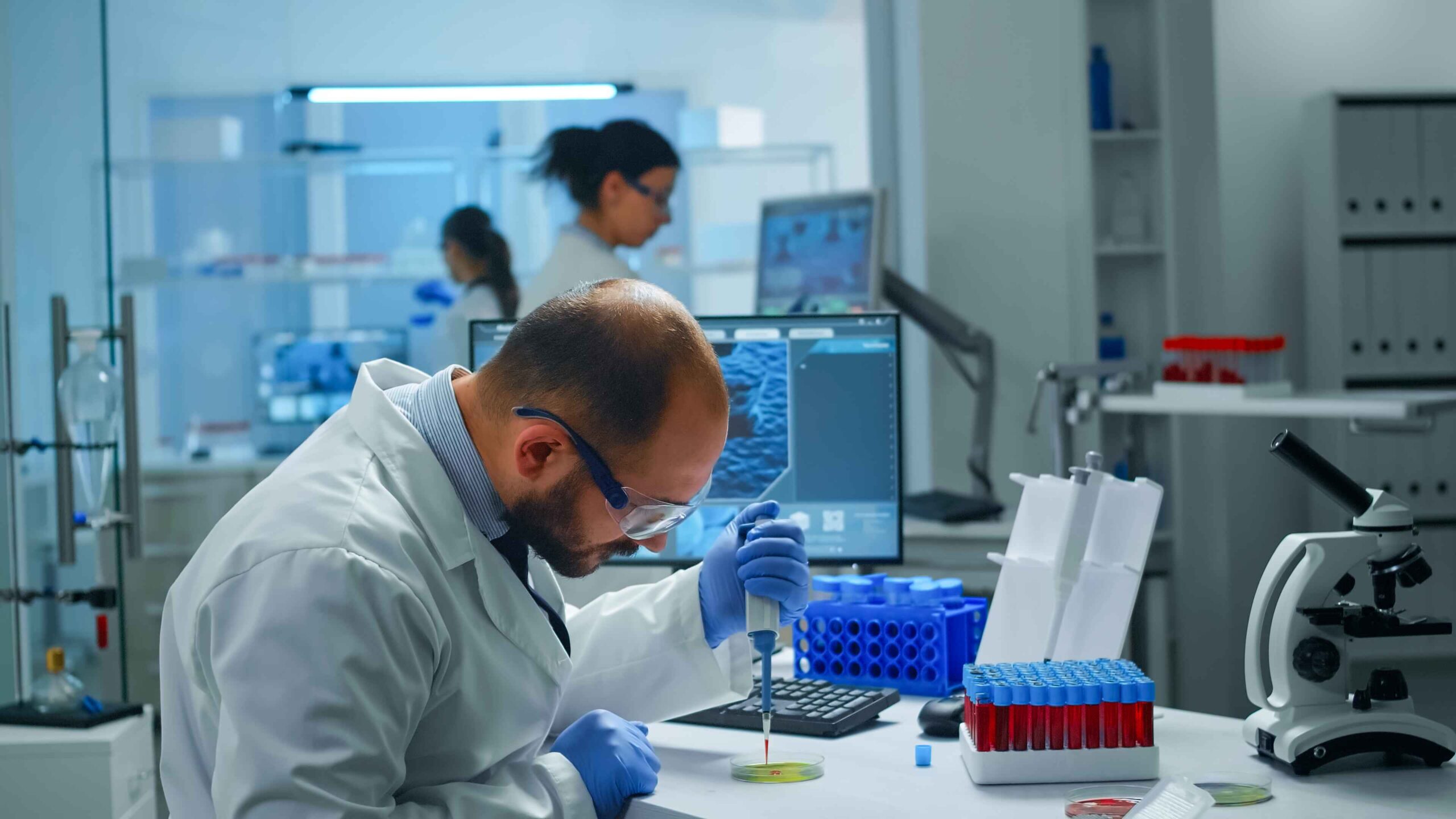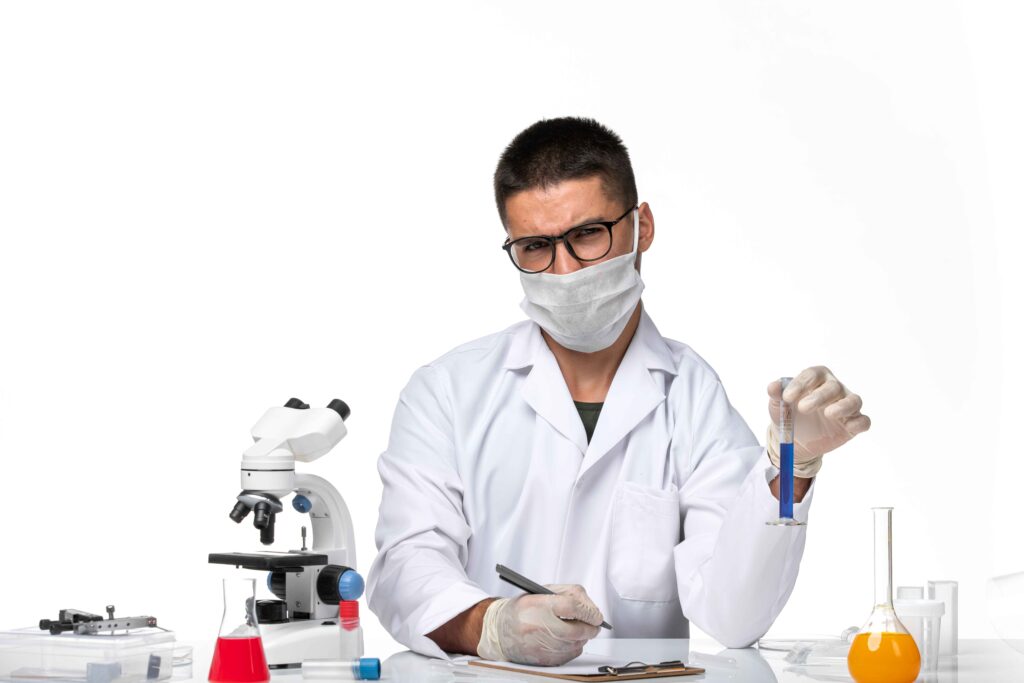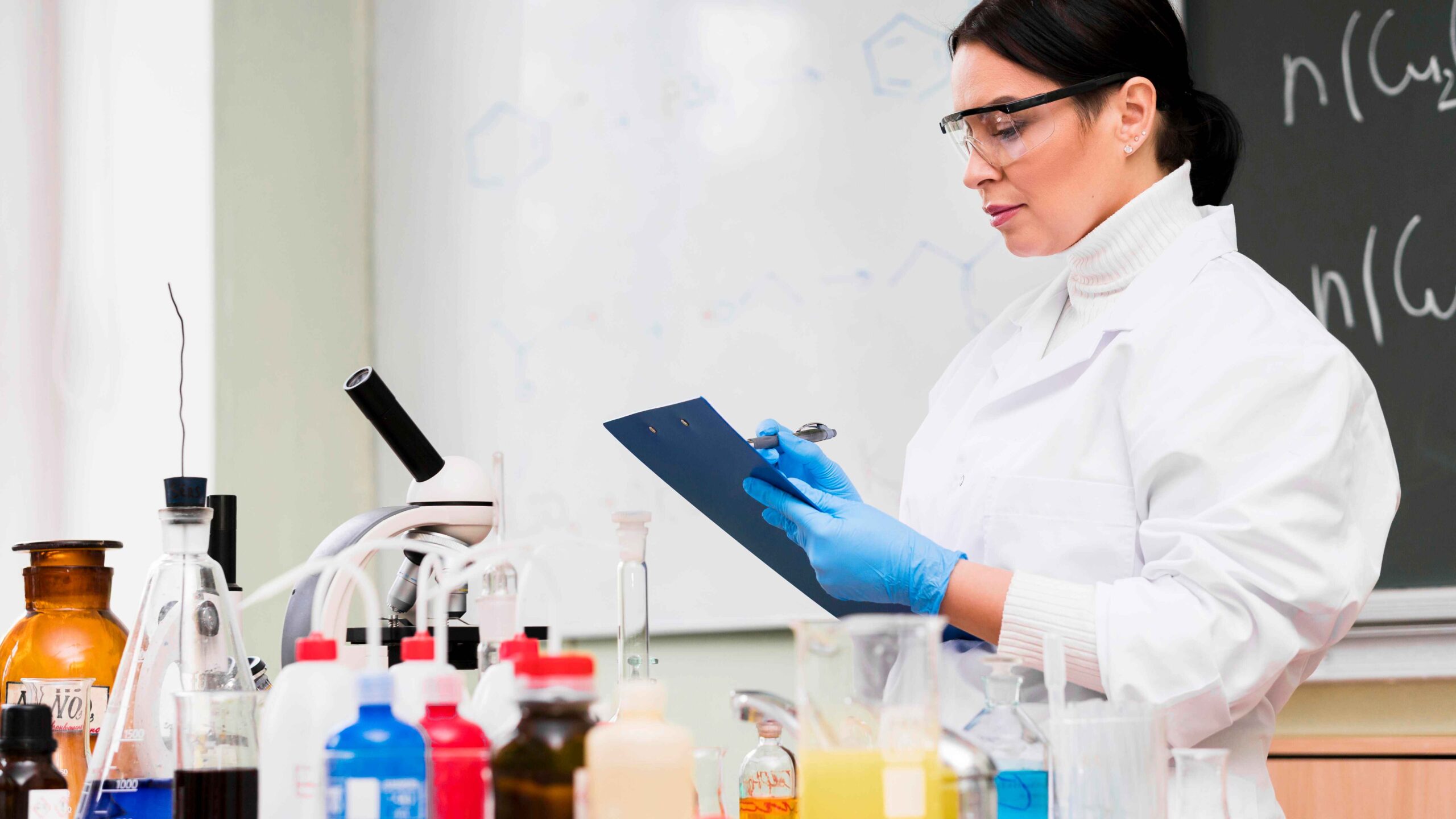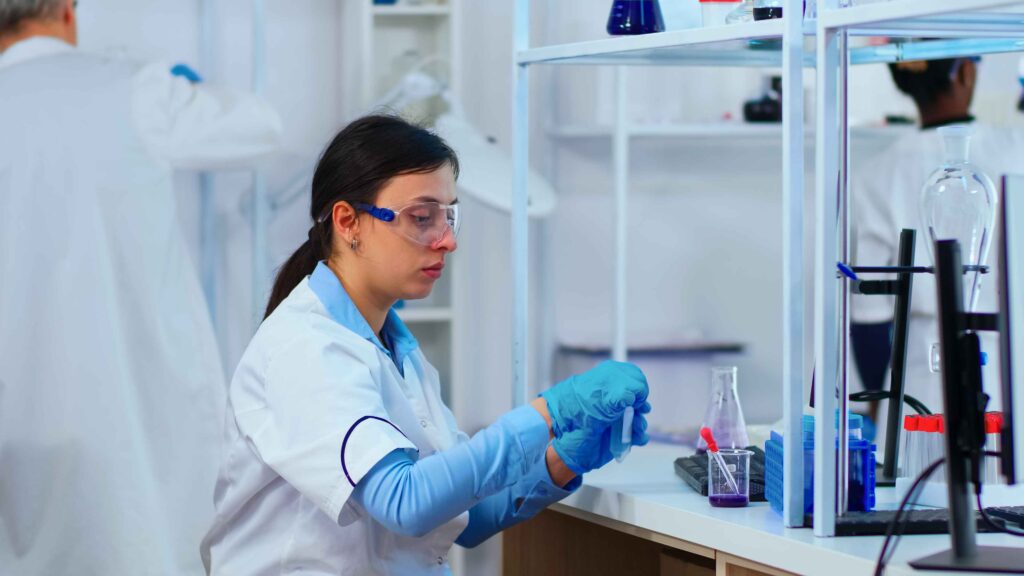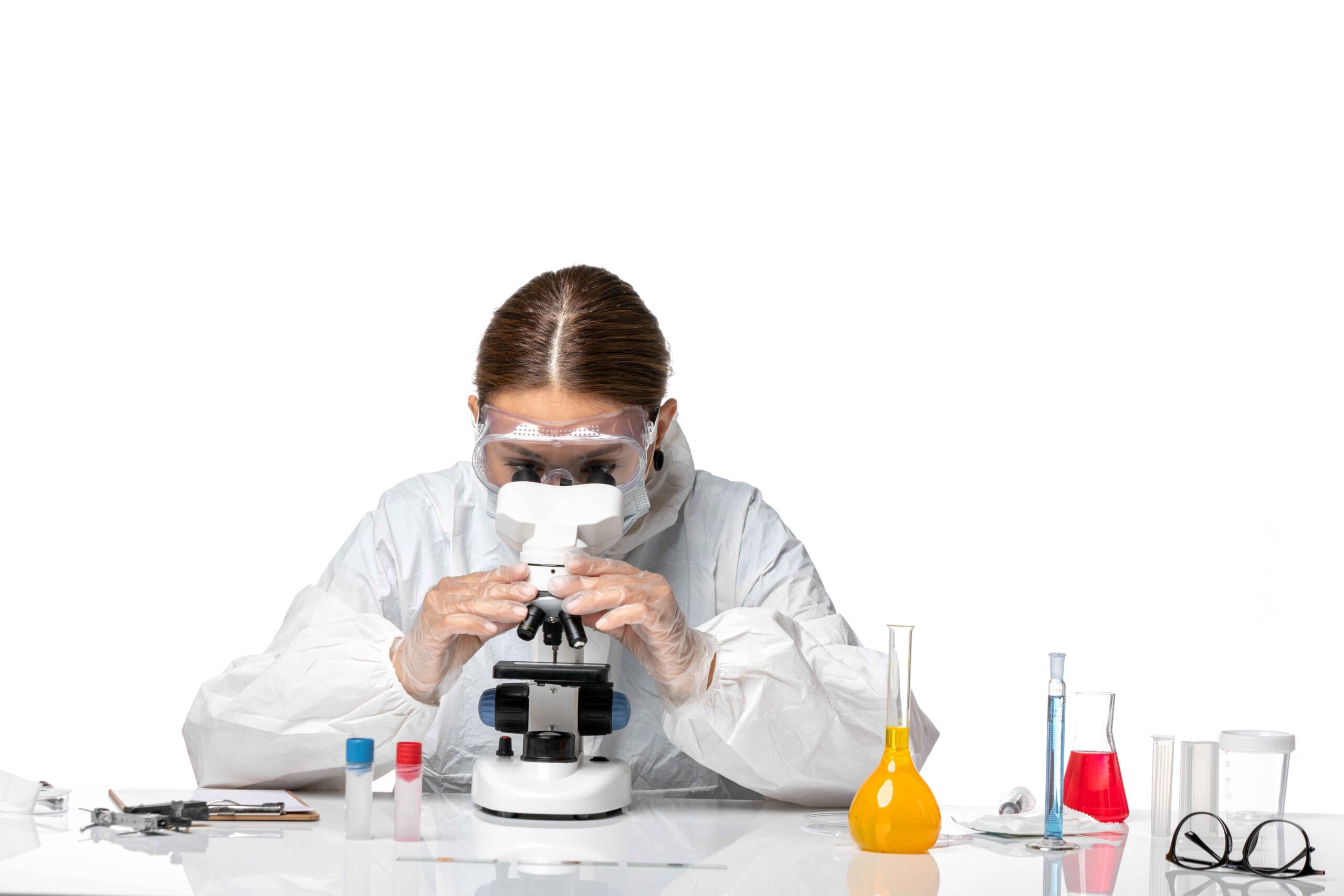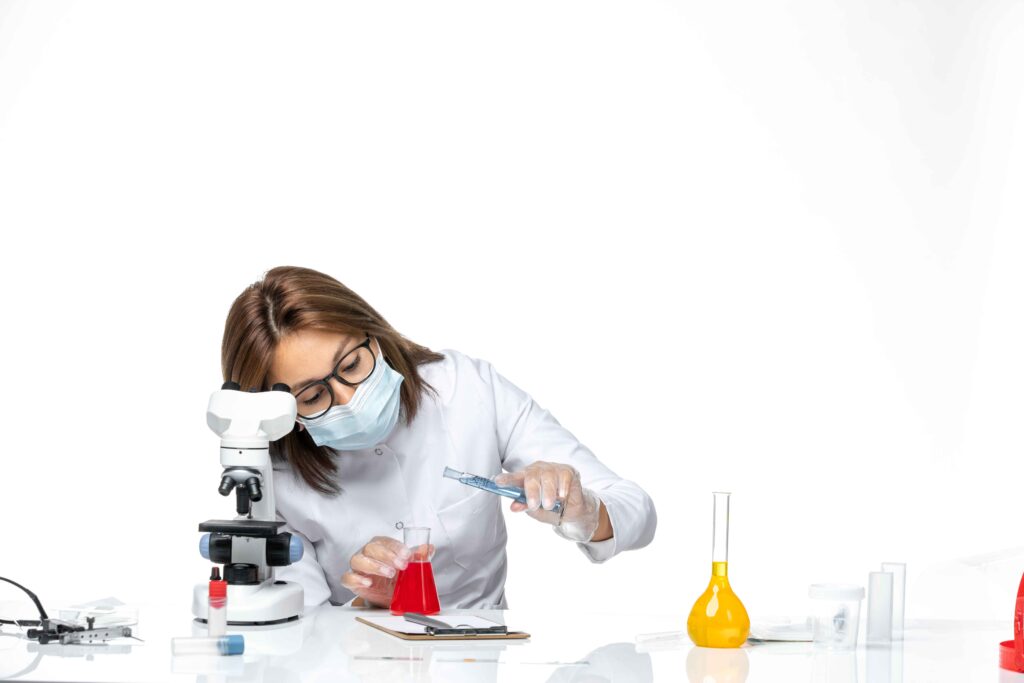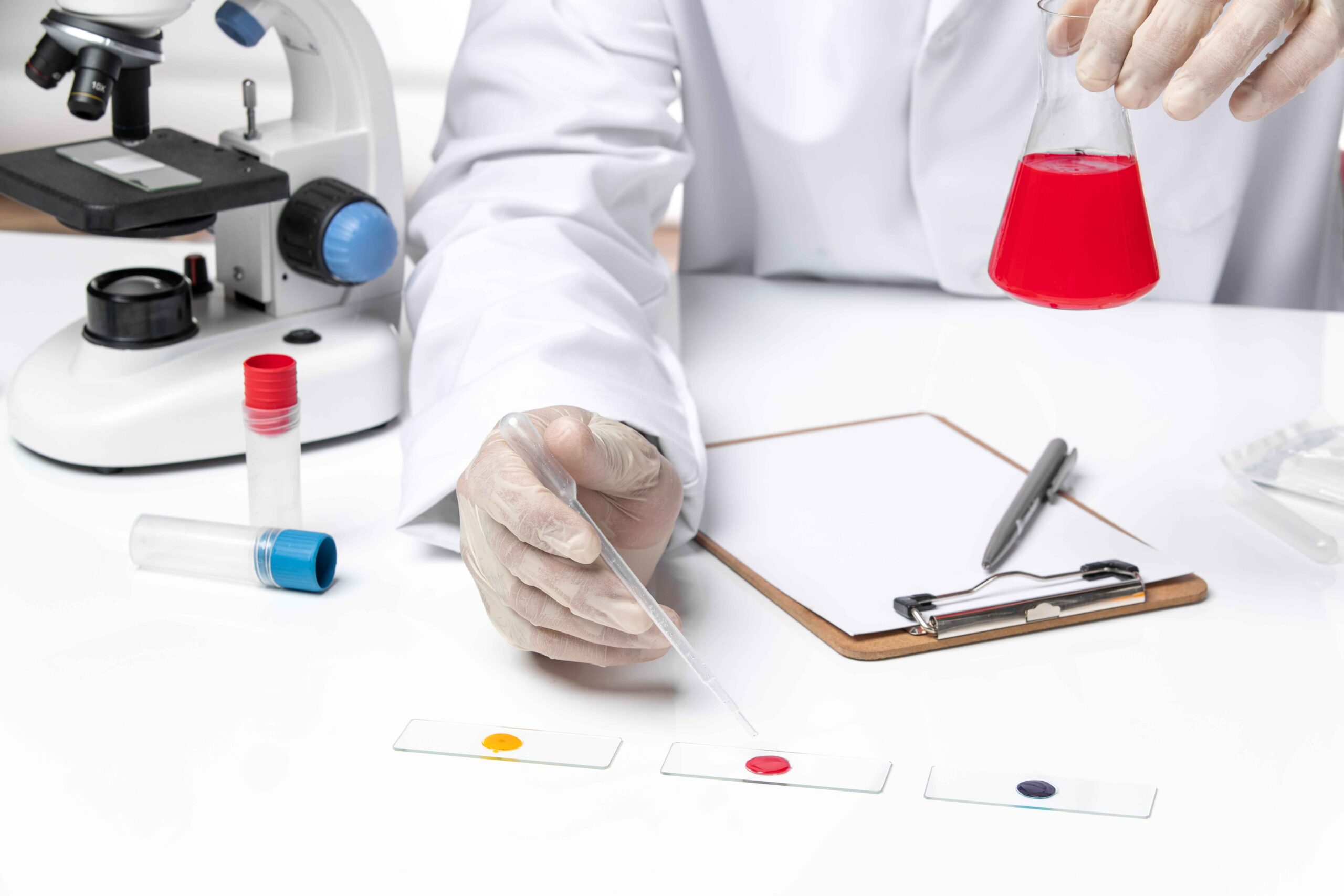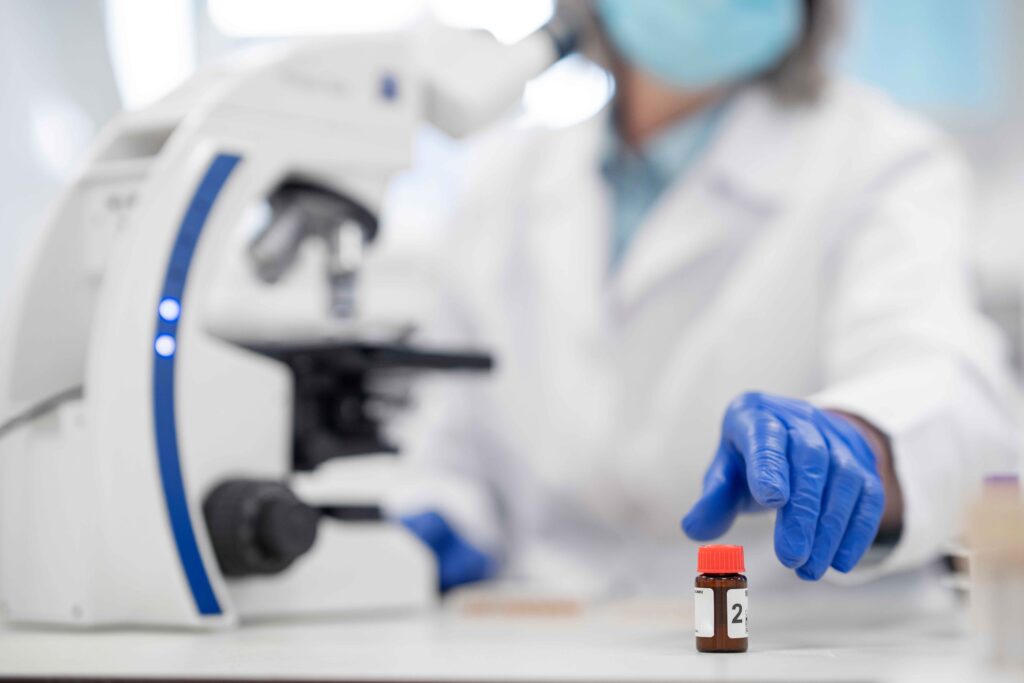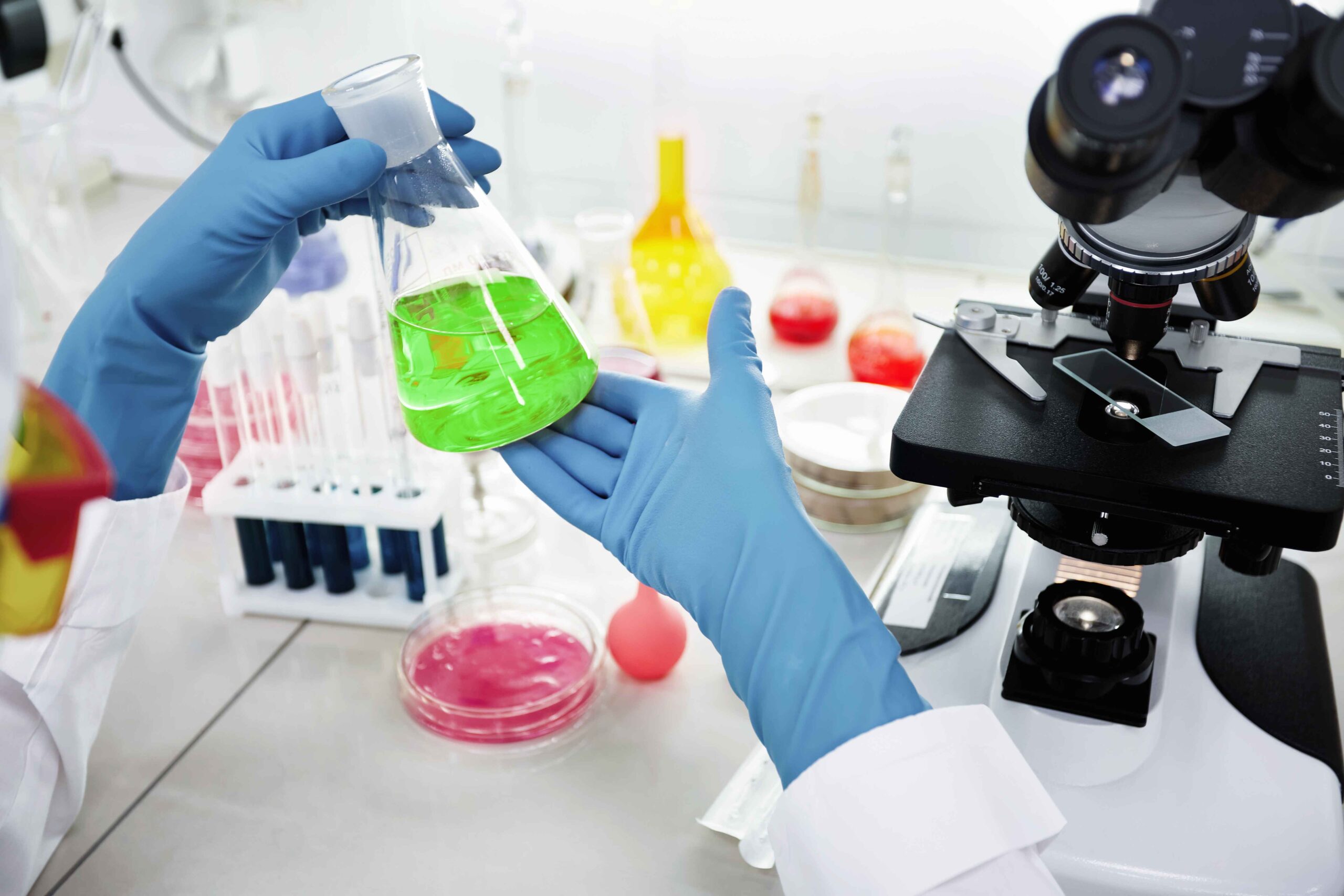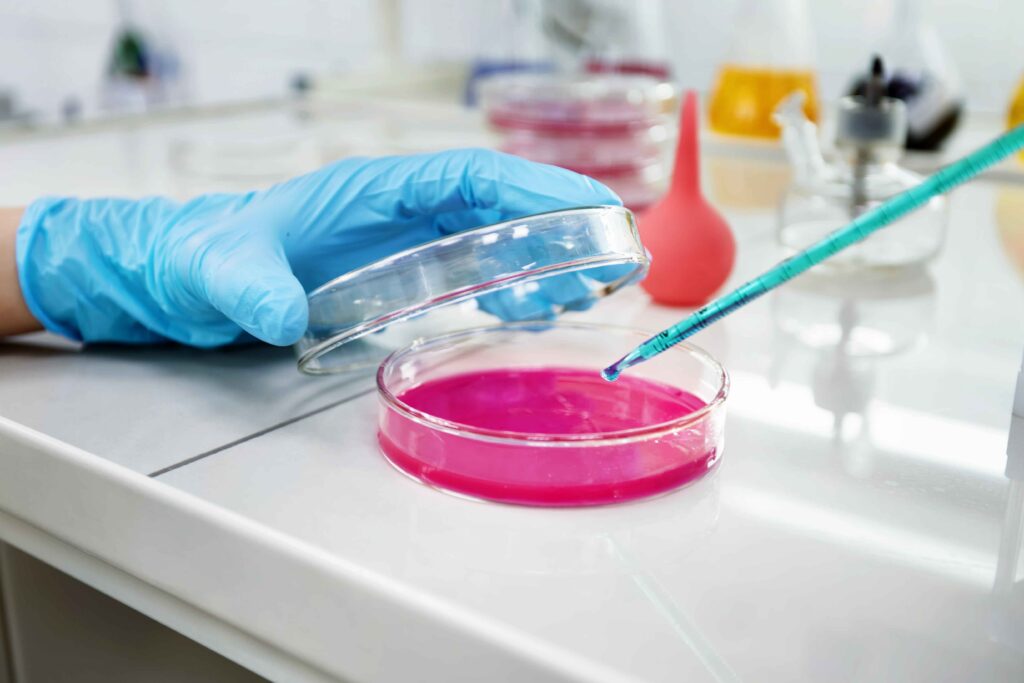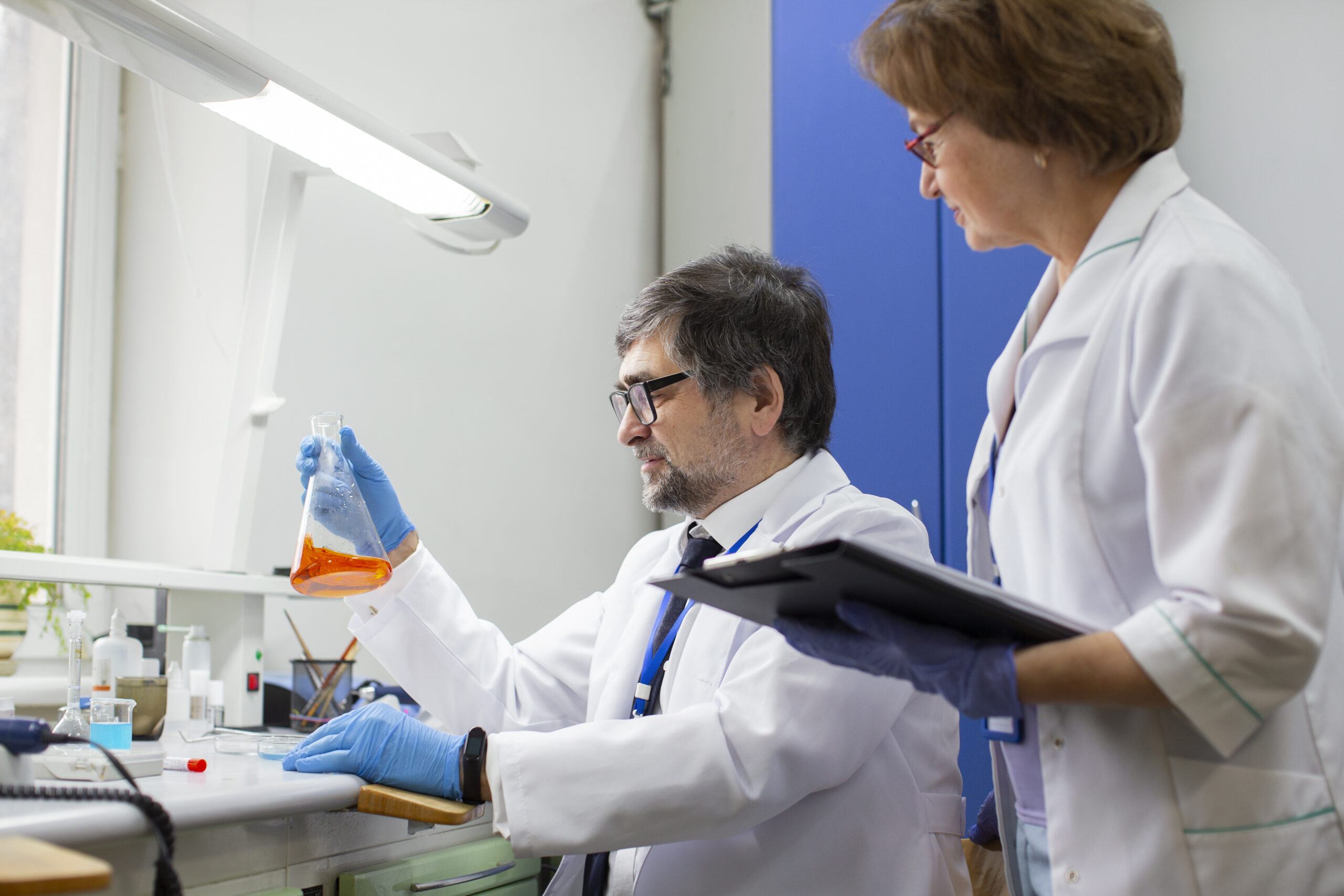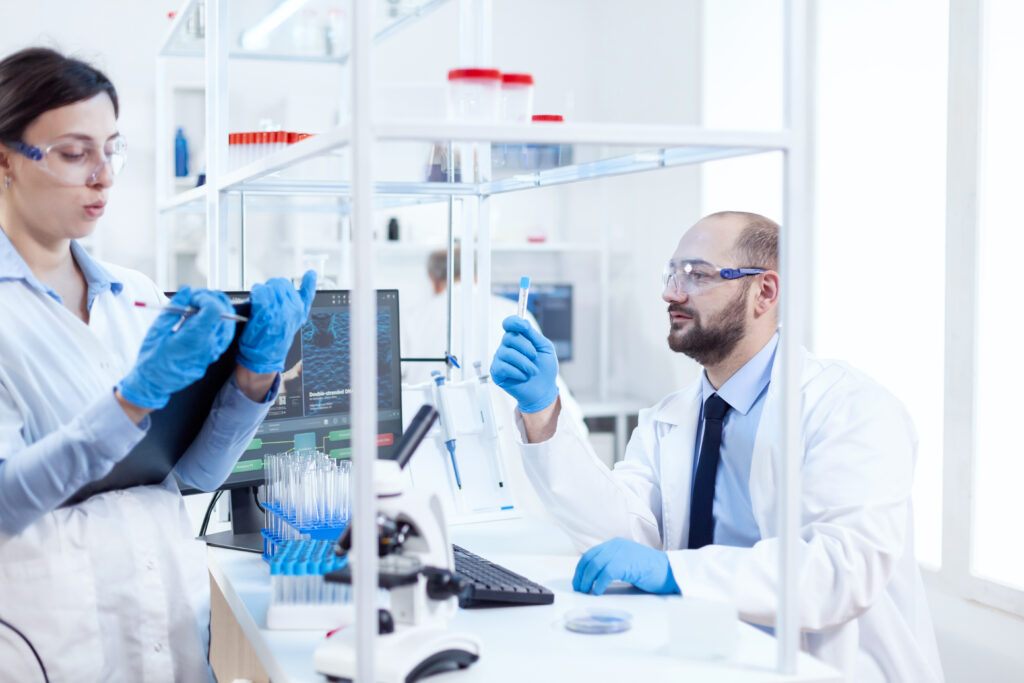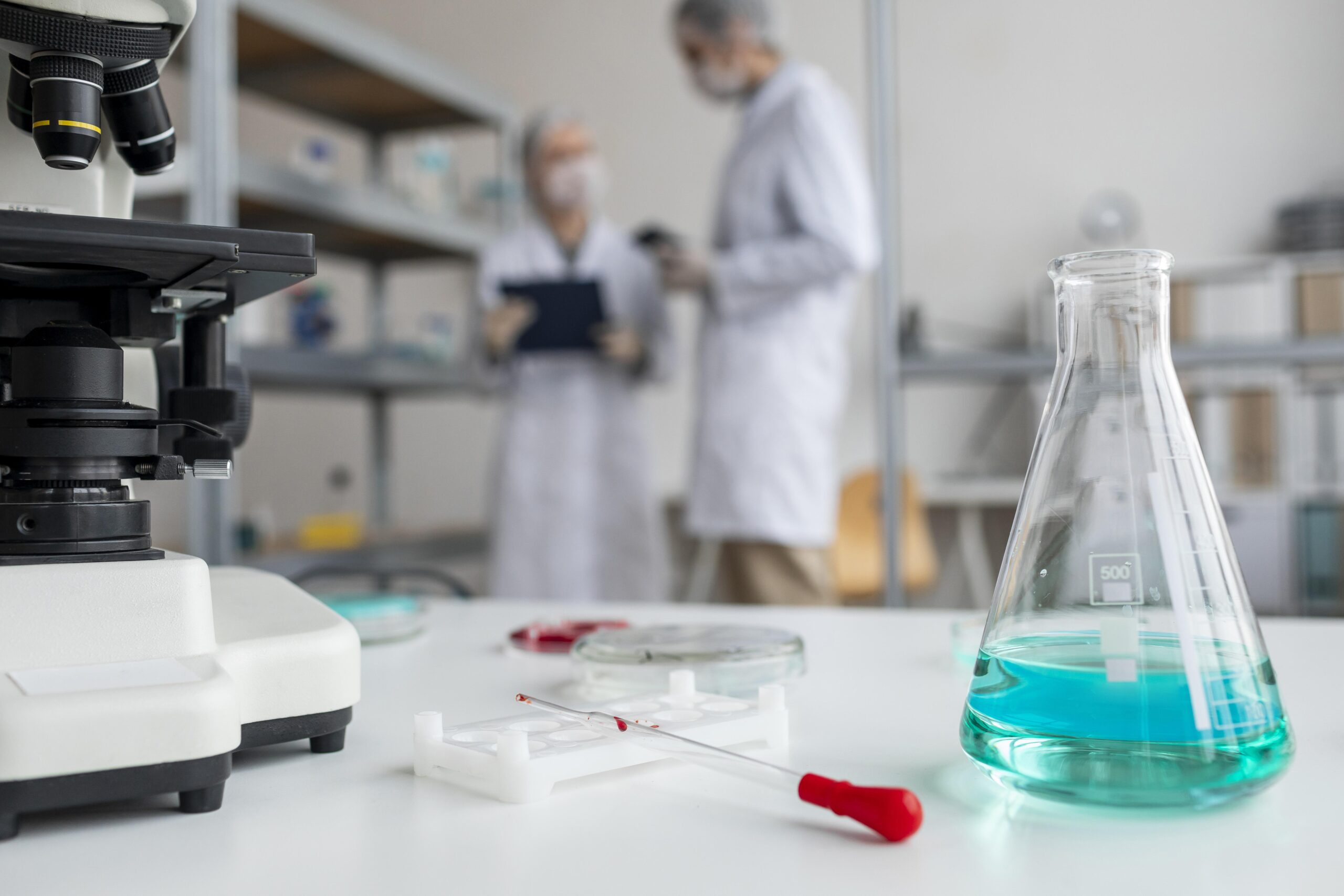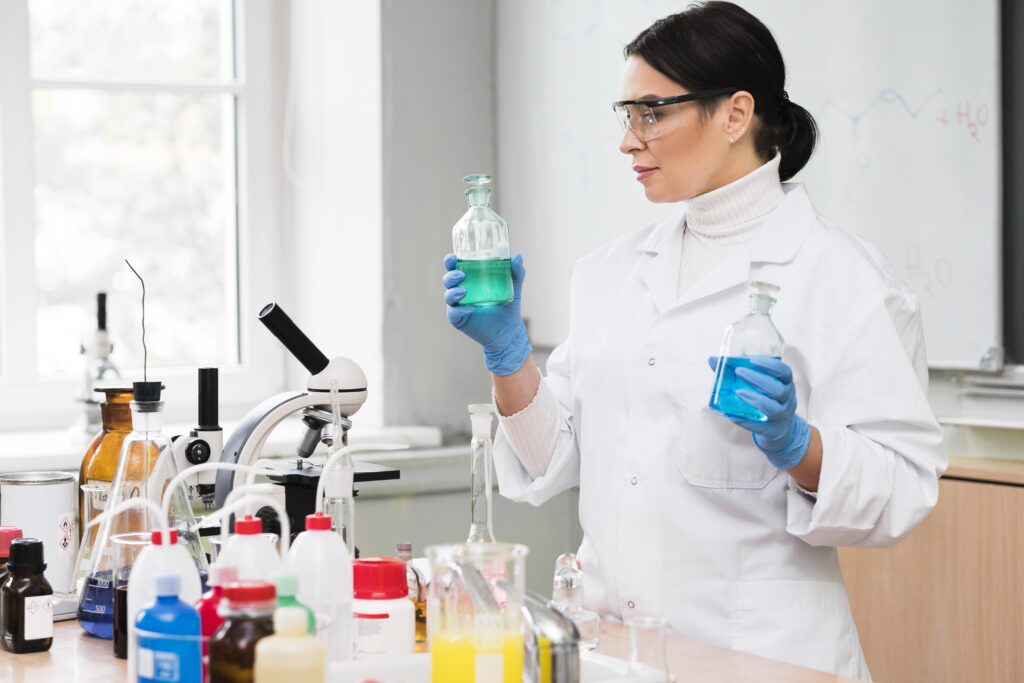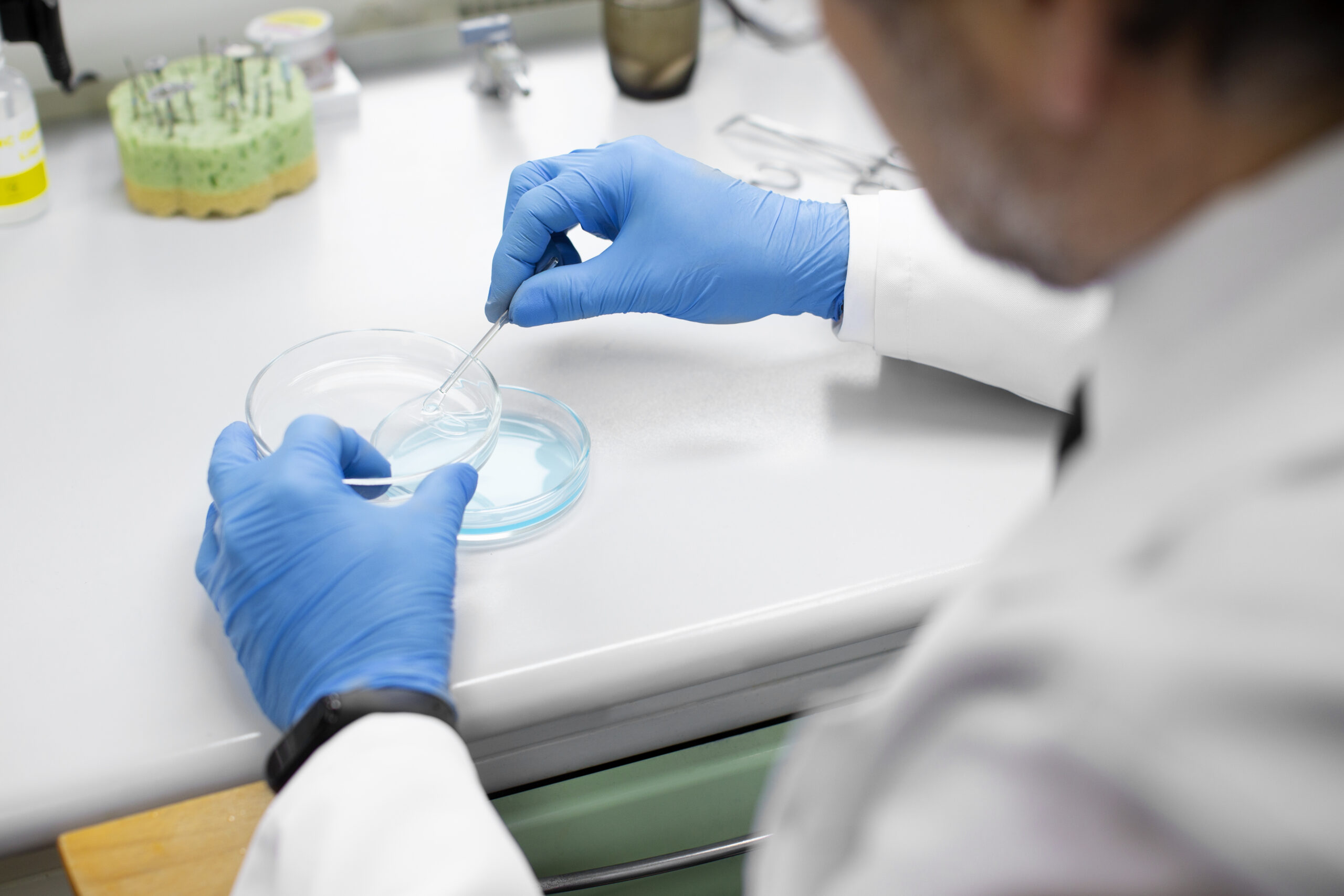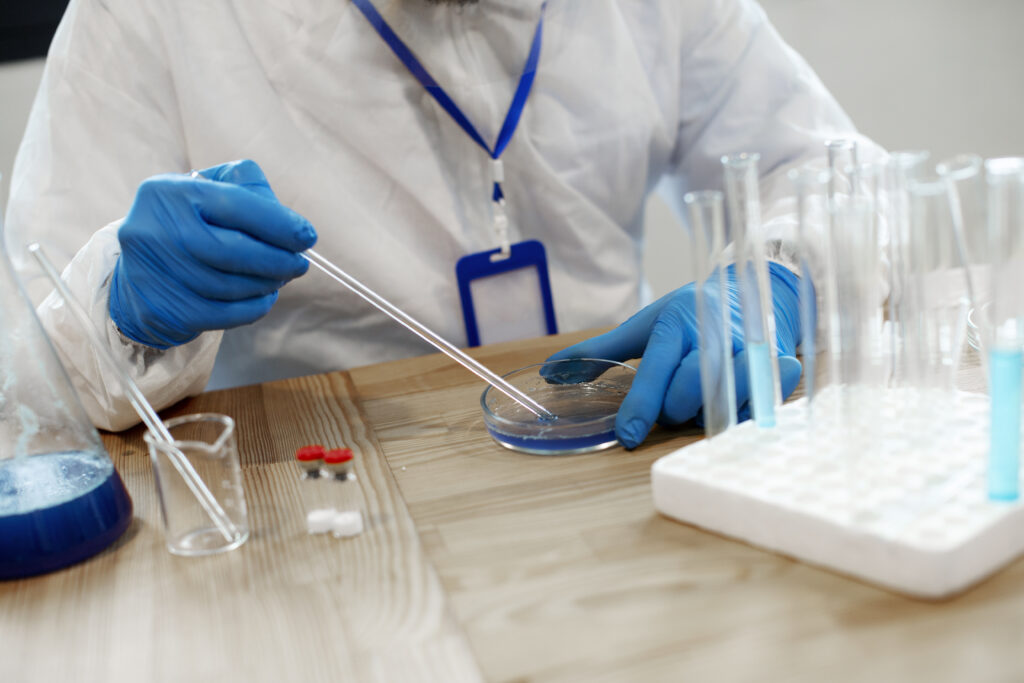The modern food sector is a dynamic space that requires high regulations to maintain safety and quality. Manufacturers work to preserve confidence and competitiveness, consumers expect transparency, and regulatory agencies impose stringent compliance. In this environment, advanced food testing is essential, using state-of-the-art technologies to improve product integrity and protect public health.
The significance of advanced food testing, its methods, and how it is transforming the food business to address changing problems are all covered in this blog.
Why Food Testing Matters
Although issues with food safety are not new, they are becoming more complicated due to processed foods, global supply networks, and rising customer demands. Foodborne infections, allergic responses, and long-term toxicity are just a few of the serious health hazards that can result from contaminated or adulterated food.
Food testing verifies that products fulfill nutritional claims, are devoid of dangerous ingredients, and maintain a constant level of quality while also ensuring adherence to safety regulations. It serves as the cornerstone for customer, retailer, and manufacturer trust. The growth of comprehensive testing services in places like food testing lab in India there an essential part of the nation's network for safety and quality control.
Evolution of Food Testing
Manual processes and simple chemical or microbiological analysis were the mainstays of traditional food testing techniques. These methods were time-consuming and had a narrow reach, despite their relative effectiveness.
Advanced food testing became essential to handling contemporary issues, such as identifying traces of toxins.
Ensuring that nutritional labels are accurate.
Keeping an eye on adulterants and allergies in intricate food matrices.
Scientific and technological developments have improved food testing's accuracy, efficiency, and ability to identify problems that were previously invisible.
Key Technologies in Advanced Food Testing
The integration of advanced technologies has transformed the food testing landscape. Here are some of the most prominent tools and techniques:
- Mass Spectrometry (MS) and Chromatography
- Used to identify and quantify contaminants like pesticides, heavy metals, and food additives.
- Ensures that food products are free from harmful chemical residues.
2. Polymerase Chain Reaction (PCR)
- Detects genetic markers for pathogens such as Salmonella, Listeria, and E. coli.
- Facilitates faster and more accurate results compared to traditional microbiological methods.
3. Spectroscopy Techniques
- Infrared (IR) and Near-Infrared (NIR) spectroscopy analyze food composition for moisture, fat, and protein content.
- Non-destructive testing methods allow real-time quality control.
4. Nanotechnology
- Enhances sensitivity in detecting contaminants at the nanoscale level.
- Used in packaging to indicate spoilage or contamination.
5. Artificial Intelligence and Machine Learning
- Predicts potential risks and patterns in food contamination.
- Streamlines testing processes with automated systems for large-scale production.
Applications of Advanced Food Testing
1. Ensuring Food Safety
Advanced food testing's main objective is to find toxins that could endanger public health. Thorough testing guarantees that food products meet safety criteria for everything from chemical poisons to microbiological infections.
2. Adulteration Detection
Intentional or inadvertent adulteration can lower the quality of food. Adulterants like melamine in dairy products or artificial hues in spices can be found and traced using methods like spectroscopy and DNA analysis.
3. Nutritional Label Accuracy
With consumers relying on labels for dietary choices, advanced food testing ensures that nutritional claims are accurate and meet regulatory requirements.
4. Shelf-Life Testing
Testing for spoilage indicators helps manufacturers determine accurate shelf-life durations, minimizing food waste while maintaining safety.
5. Allergen Detection
For individuals with food allergies, cross-contamination can be life-threatening. Advanced techniques can detect and trace allergens, ensuring compliance with labeling requirements.
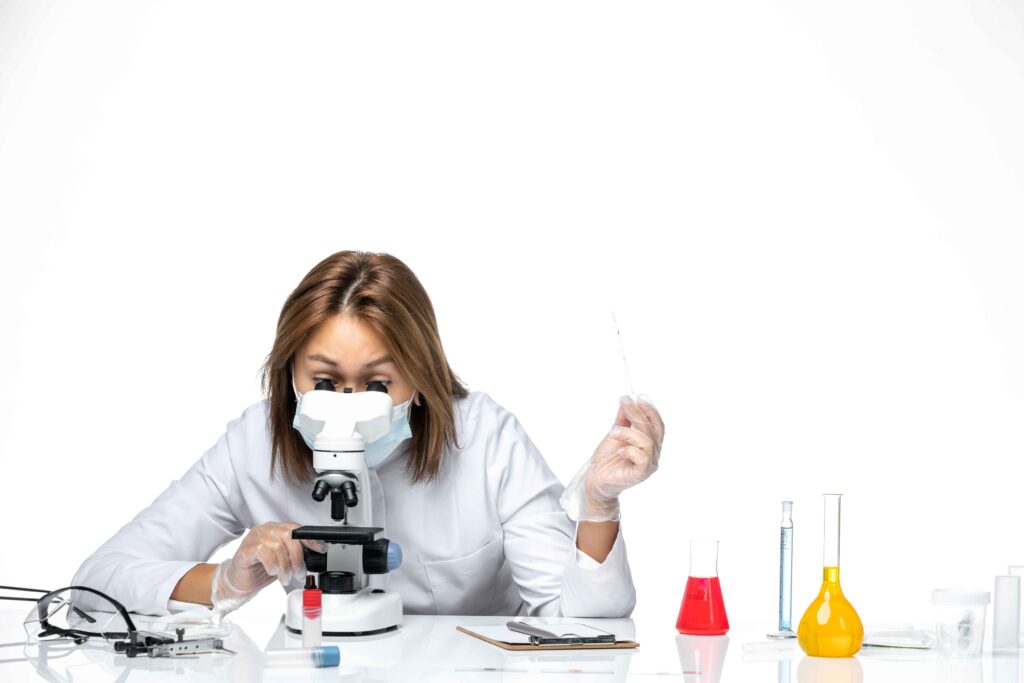
Benefits of Advanced Food Testing
1. Enhanced Consumer Confidence
Accurate testing fosters trust, as consumers feel assured about the safety and quality of the products they purchase.
2. Compliance with Regulations
Meeting stringent international standards helps manufacturers access global markets. Regulatory authorities like the FDA, FSSAI, and EFSA mandate the use of advanced food testing to ensure compliance. The increasing number of food testing labs in India facilities further supports adherence to these regulations.
3. Reduced Recalls and Losses
Preventing contamination and ensuring quality at the production stage minimizes the financial and reputational damage of product recalls.
4. Improved Public Health
By identifying risks early, advanced food testing contributes to reducing the prevalence of foodborne diseases and associated health costs.
Challenges in Implementing Advanced Food Testing
While advanced food testing offers immense benefits, it comes with certain challenges:
- High Costs: Advanced equipment and trained personnel require significant investment.
- Complex Supply Chains: Globalized food production increases testing complexity, requiring multi-point analysis.
- Standardization Issues: Harmonizing testing standards across regions can be challenging, especially in international trade.
Efforts are ongoing to address these challenges, such as developing cost-effective technologies and standardizing global testing protocols.
The Future of Advanced Food Testing
The future of advanced food testing lies in the integration of emerging technologies and interdisciplinary approaches:
- Blockchain for Traceability: Ensuring transparency in food supply chains by recording every stage of production and testing.
- Internet of Things (IoT): Smart sensors embedded in packaging to provide real-time updates on food safety.
- Biotechnology Advancements: Faster detection of contaminants using genetically engineered biosensors.
These innovations promise to make food testing faster, more accurate, and widely accessible, benefiting both consumers and the industry.
The Importance of Collaboration
Cooperation amongst all parties involved is crucial to maximizing the advantages of sophisticated food testing. While private companies should spend on research and development, governments must provide infrastructure and financing for testing labs. Additionally, informing customers about the function of food testing helps promote wise purchasing choices.
International efforts can also help standardize food safety regulations and make cutting-edge testing tools available in both developed and developing countries. One of the best examples of how regional infrastructure may support global food safety is the expanding network of food testing labs in India.
A Call to Action
The necessity of putting advanced food testing procedures into place is highlighted by the emergence of complex toxins and the growing demand for openness from consumers. Adopting these technologies should be a top priority for food manufacturers and testing facilities in order to keep ahead of safety hazards and regulatory changes. The future of food safety is bright as innovation continues to revolutionize the sector, guaranteeing that every mouthful we take is both pleasurable and safe.

